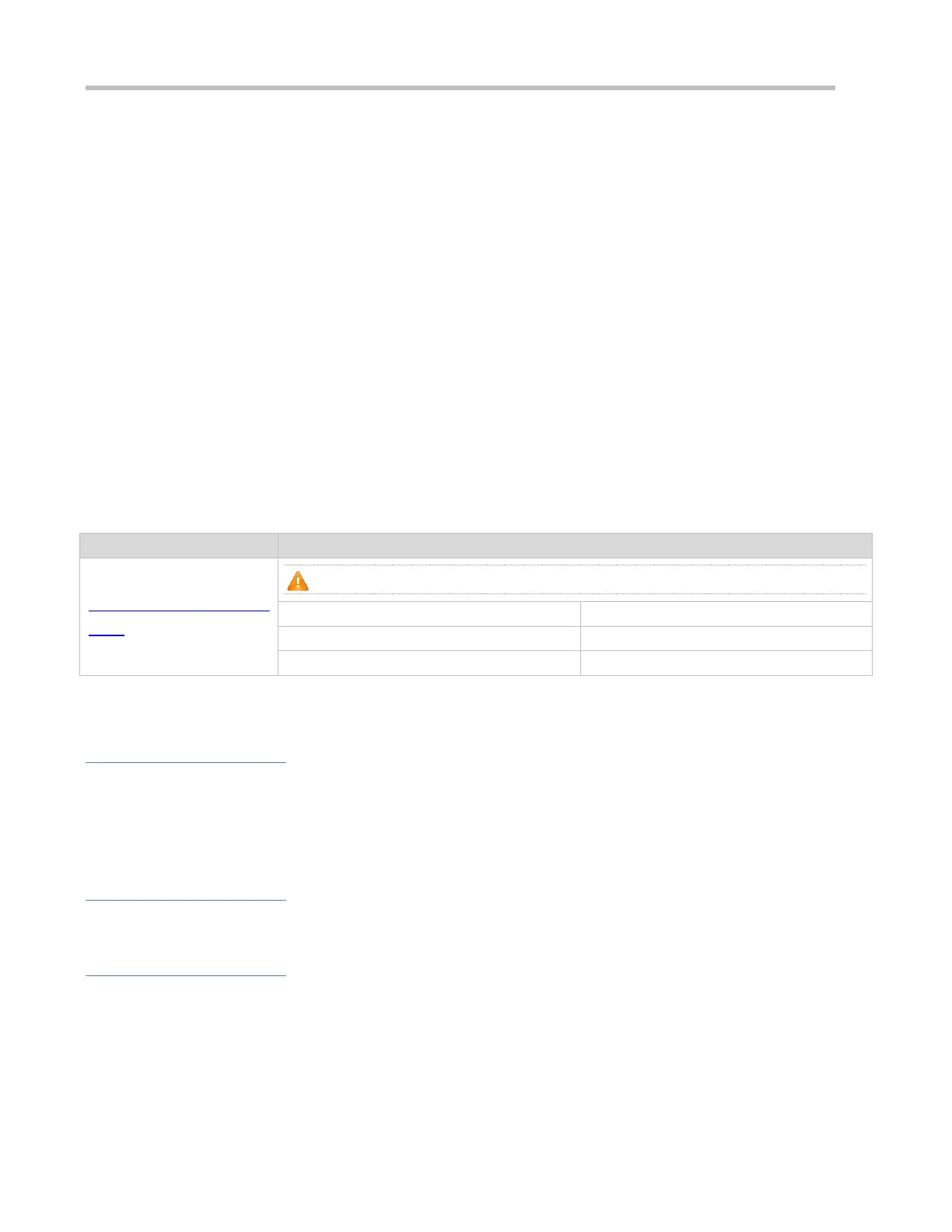Configuration Guide Configuring Content Audit
URL audit is disabled by default.
Run the url-rule audit-default-enable command to enable URL audit.
Run the url-rule apply referrer and url-audit { except-postfix | except-regexp | first-get | only-get | optimize-cache
[ time ] } commands to optimize URL audit by avoiding auditing spam URLs.
For example, after you run url-audit except-regexp, URLs matching the Regular Expression (RE) ".*=.*&.*=.*" are not
audited.
After you run url-audit except-postfix, URLs suffixed with jpg, css, js, gif, png, swf, bmp, ico, ng, dll, xml, and ini are not
audited.
After you run url-audit optimize-cache, a URL and the linked Web page will not be re-audited within a certain time period.
Displaying URL Audit Information
Run the show content-audit statistics brief command to display real-time URL audit information and statistics.
15.4 Configuration
Configuring the URL Audit
Rules
(Optional) It is used to configure URL audit.
url-rule audit-default-enable
Enables referer field audit.
Configures URL audit optimization.
15.4.1 Configuring the URL Audit Rules
Configuration Effect
Enable URL audit.
Enable referer field audit.
Configure URL audit optimization.
Notes
N/A
Configuration Steps
Enabling URL Audit
(Optional) URL audit is disabled by default. You can enable it if required.
Enabling Referer Field Audit
(Optional) The referer field audit is enabled by default. You can disable it if not required.

